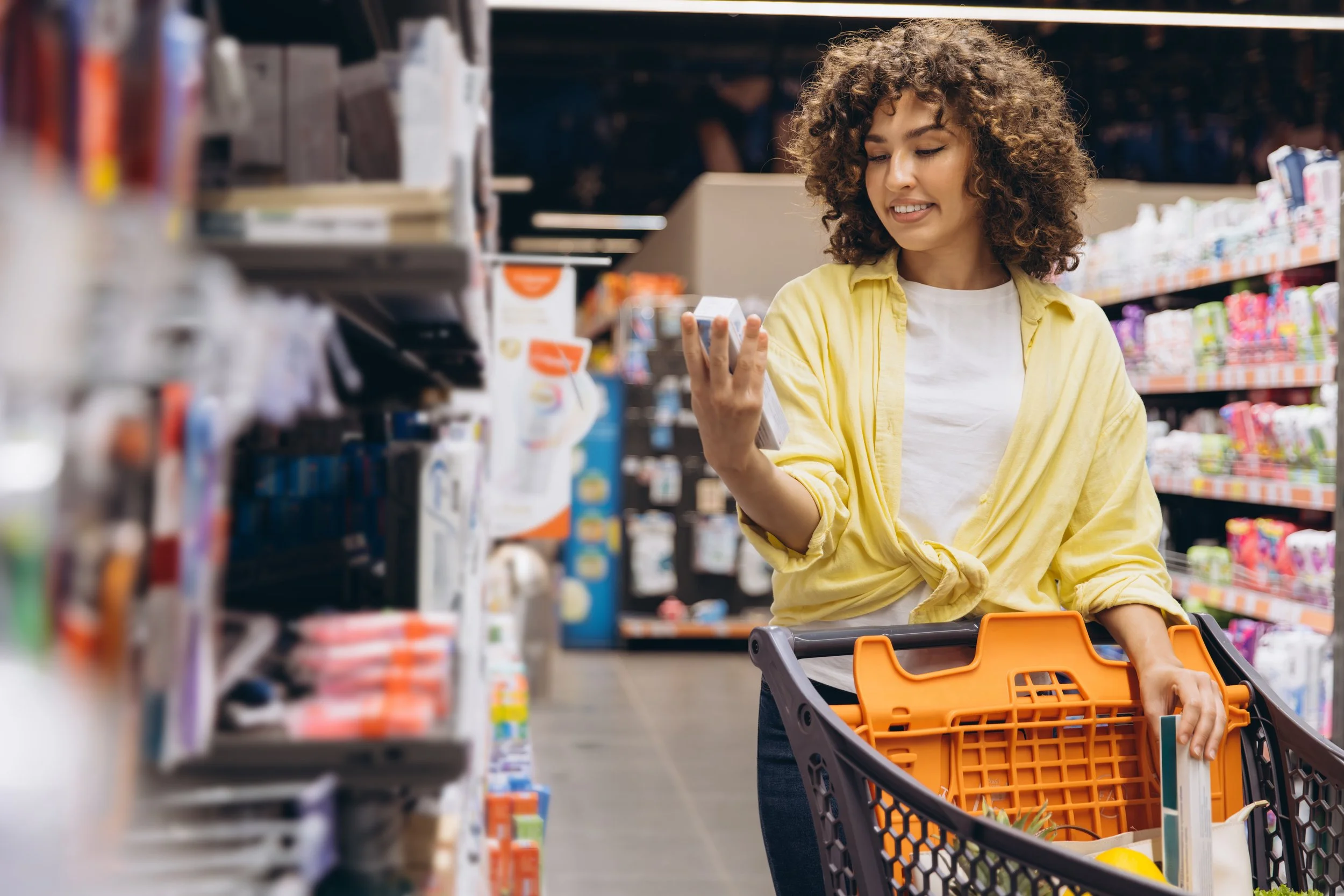From Hype to Habit: How Emerging CPG Brands Can Build Repeat Purchase Behavior in Retail
Why Retail Velocity Will Define Success in 2026
In 2026, retail sales velocity — not just planogram placement — will separate sustainable consumer packaged goods (CPG) brands from short-lived shelf fillers.
It’s no longer enough to win distribution; the brands that thrive are those that convert trial into habit and transform excitement into equity.
For founders who built their momentum online, selling direct-to-consumer (DTC), retail success can feel like starting over. Your digital followers might buy your product(s) once for curiosity’s sake, but in retail, buyers and shoppers measure value by what happens after the cashier scans their first purchase.
Velocity, a measure that expresses how quickly a product sells at each store where it’s available, tells retailers your brand deserves its spot. The question is: how do you get shoppers to come back again and again?
1. What Buyers Really Look For in Repeat Purchase Strength
Retail buyers aren’t just tracking sales — they’re looking for evidence of sustained demand. When assessing repeat purchase strategy and category performance, buyers pay attention to:
Unit velocity per store per week (UPSPW) — a clear indicator of whether your products are moving faster than category benchmarks.
Baseline sales vs. promoted sales — steady baseline velocity proves shoppers buy without discounts.
Market share within subcategory — growth relative to peers matters more than total sales.
Emerging brands that consistently grow their baseline without deep discounts earn trust. That trust leads to expanded distribution, endcaps, and better on-shelf positioning — the flywheel of CPG shopper loyalty.
Pro tip: Track your velocity the same way your buyer does. Build a simple dashboard or use syndicated data to compare your product movement to the category average. Buyers notice when you speak their language.
2. Packaging, Shelf Presence, and Storytelling: The Silent Drivers of Habit
A shopper’s second purchase decision happens in three seconds — long before they remember your ad.
Your packaging must do more than “look good.” It needs to signal value, recognition, and trust at a glance.
Ask yourself:
Does your packaging stand out in a crowded shelf and look consistent with your digital presence?
Is your message benefit-driven, not brand-driven (“hydrates longer” vs. “born in Austin”)?
Does your design make it easy for shoppers to find you again? (Color blocking, icons, or hierarchy help enormously.)
Then comes in-store storytelling — shelf talkers, QR codes, or endcap visuals that connect your retail moment to your brand’s mission. These micro-touchpoints turn passive recognition into active recall, which directly influences repeat purchase behavior.
3. Create Digital-to-Retail Loyalty Loops
The brands that win consumer behavior in 2026 will be the ones that blur the line between online engagement and in-store experience.
To keep customers coming back:
Use QR codes or packaging prompts that drive shoppers to digital experiences — recipes, routines, or communities that add value beyond the product.
Leverage retail geotargeting ads so when a shopper passes a store that carries your product, they see reminders or offers tied to that location.
Reward repeat retail buyers — loyalty doesn’t have to be direct-to-consumer (DTC) only. Use receipt upload tools or social tags to identify and reward your most active shoppers.
A shopper who engages with your brand both online and in-store is 2x more likely to repeat their purchase. These digital-to-retail loops create a sense of belonging, not just a purchase habit.
4. Lessons From Small Brands That Built Big Velocity
Oat Haus (Granola Butter): Started as a niche DTC favorite and drove retail velocity by leaning into sampling and influencer-powered retail callouts. Their secret? Building familiarity before the first shelf appearance.
Liquid Death: Built their repeat purchase strategy around identity, not category. Every can reinforces belonging to a community that shares its irreverent humor.
Partake Foods: Bridged digital and in-store education through consistent messaging around inclusivity and allergen transparency — creating loyal households, not one-time buyers.
Each of these brands turned awareness into habit through structure, not luck. Their retail success wasn’t a fluke; it was designed through disciplined brand execution, consistent data tracking, and an obsession with understanding consumer behavior.
Trial is easy. Habit is earned.
Emerging brands that treat velocity like a leading indicator of loyalty — not a lagging one — will be the ones that stay on shelves long after the novelty fades.
Build systems that help shoppers recognize you, trust you, and reach for you again without hesitation. That’s not just retail success. That’s brand equity in motion.
Ready to turn trial into habit?
As a fractional CMO for consumer brands, I help founders and marketing leaders strengthen their retail velocity by building the strategies, systems, and shopper connections that drive repeat purchase behavior.
Whether you’re preparing for your first retail launch or trying to boost performance with your current retail partners, I’ll help you uncover the levers that turn one-time buyers into loyal brand advocates.
Book a complimentary discovery call to explore how I can help your brand move from shelf presence to sustained performance or start your next stage of growth with clarity and confidence.
Because in 2026, getting on the shelf won’t be enough. The brands that stay there will be the ones that earn their shoppers’ next purchase—again and again.

